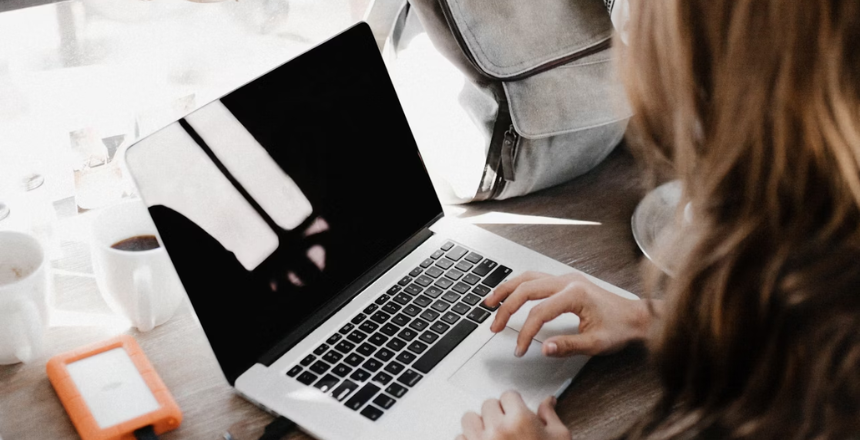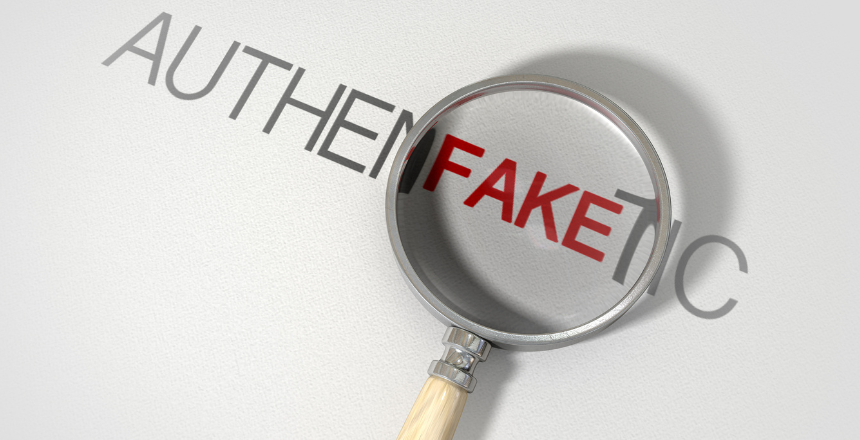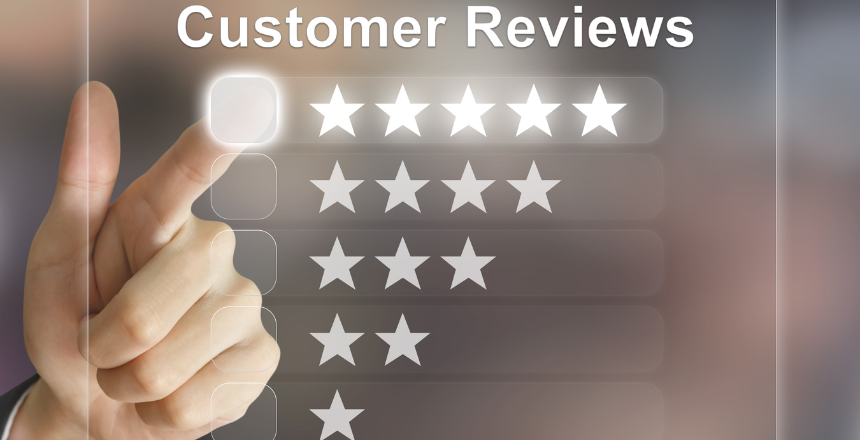1. Recognise The Signs Of Counterfeit Goods
Recognising counterfeit goods is crucial to ensuring you’re purchasing authentic items. Counterfeit products are often close imitations but with subtle flaws that differentiate them. Keep an eye out for these signs:
- Poor-quality materials: Feel the material. Genuine high-end brands use premium fabrics, hardware, or leather for their items.
- Misaligned logos: Many fake products have logos that are not perfectly aligned or even contain spelling mistakes. Compare the logo carefully with the official brand’s design—famous brands like Nike and Adidas have distinctive logos and fonts that are easy to recognise if you know what to look for.
- Substandard craftsmanship: Authentic products should have neat and consistent stitching. Uneven seams, loose threads, or crooked stitching are warning signs.
2. Conduct Research Before You Purchase
Before making a purchase, take a moment to do some research. Being aware of retail prices, quality standards, and common counterfeit red flags can be extremely helpful. Here’s how:
- Verify prices: If the price is suspiciously low, it’s likely too good to be true. Even at discounted outlets, genuine high-end items won’t be sold at a fraction of their usual price.
- Read reviews: If shopping online, check reviews for the seller and item. Look out for terms like “fake,” “counterfeit,” or “scam” in any negative reviews.
- Compare with authentic products: Familiarise yourself with the item you’re interested in by visiting the brand’s official site or a trusted retailer. Spotting small differences in style, colour, or details can help you avoid buying a fake.
3. Look For Authenticity Markers
Many luxury brands now include specific authenticity markers on their products, such as tags, serial numbers, or QR codes for verification. Here’s what to look for:
- Serial numbers: Numerous brands include unique serial numbers on their products. Ensure the number matches the brand’s format, and if possible, verify it with the company.
- RFID tags: Some high-end items include RFID tags for authenticity tracking. These can sometimes be scanned by phone apps or specialist readers.
- Holograms and QR codes: Look for holographic images or QR codes on the product or its packaging, which are difficult for counterfeiters to replicate accurately.

4. Avoid High-Risk Locations
In certain markets, counterfeit goods are more prevalent. While shopping abroad can be exciting, it’s also where you’re likely to encounter fake products. When in doubt:
- Shop at reputable stores: Stick to well-known stores or marketplaces with solid reputations. Street vendors or pop-up stalls in tourist areas are often hotspots for counterfeits.
- Request proof of authenticity: Many luxury shops, like Gucci, provide certificates of authenticity with purchases. If you’re buying from a smaller retailer, don’t hesitate to ask for one.
- Use a credit card for payment: Avoid cash transactions where possible, as credit cards offer some buyer protection. If you later discover the product is counterfeit, you may be able to dispute the charge.
5. Trust Your Instincts
Sometimes, the best advice is to trust your gut feeling. If something about the purchase doesn’t seem right, take a step back. Many people ignore their instincts in the hope of finding a bargain but end up with a counterfeit product. Here are a few points to consider:
- Does the deal feel off?: Extremely low prices or sellers pressuring you for a quick purchase are often red flags.
- Is the packaging correct?: Brands pay attention to every detail, including packaging. Cheap boxes, incorrect logos, or poor-quality bags often indicate a fake.
- Are they open to bargaining?: In high-end retail, prices are typically non-negotiable. Sellers willing to offer significant discounts may be selling counterfeits.
Shop Confidently And Safely
Shopping abroad can be an exciting adventure, but it’s also where counterfeit goods can slip through the cracks. By recognising counterfeit products and knowing how to avoid scams when shopping internationally or online, you can save yourself from disappointment and wasted money. Always conduct research, double-check authenticity markers, and trust your instincts. With these tips, you’ll be well-equipped to secure fantastic finds that are genuinely authentic!
This article, originally authored by Bruna Gorresio was first published in TrustDeals.co.uk on February 11, DOI: https://www.trustdeals.co.uk/articles/tips-for-avoiding-counterfeit-goods-when-shopping-abroad. It is reprinted here with permission from the publisher and the author(s). Any modifications made to the article since its original publication are noted in the text.





